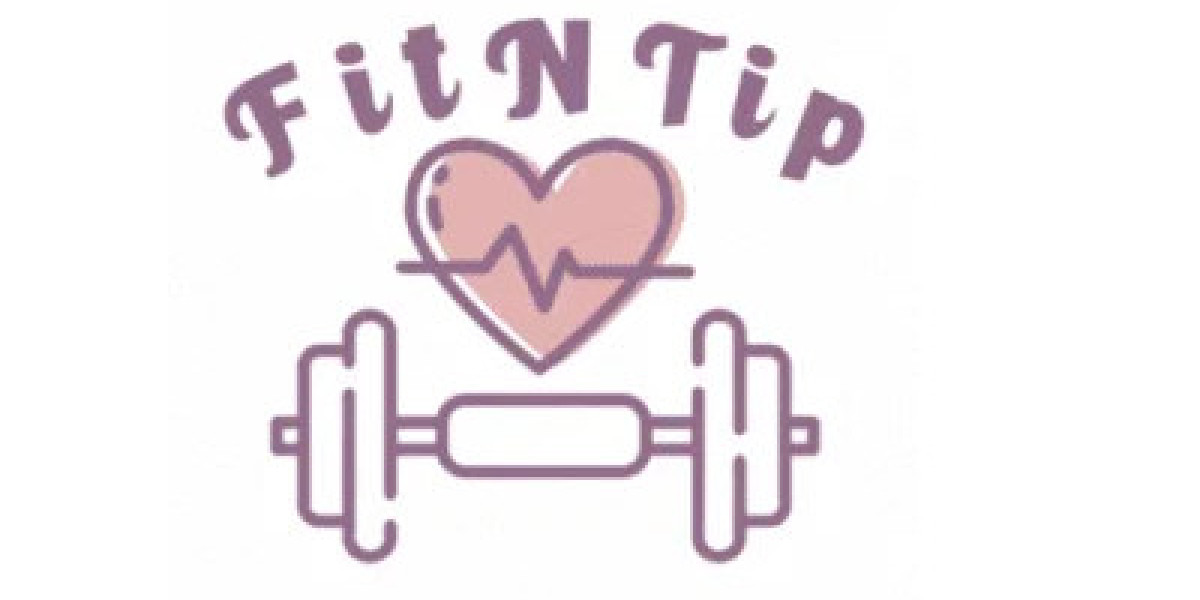Weight loss journeys are often accompanied by moments of rapid progress followed by periods where the scale seems stuck—this is commonly known as a weight loss plateau. If you’ve found yourself in a situation where your weight loss has plateaued, don’t despair. There are effective strategies to break through these plateaus and continue progressing toward your health and fitness goals. In this blog, we’ll explore some practical tips and techniques to help you Overcoming weight loss plateaus.
Understanding Weight Loss Plateaus
A weight loss plateau occurs when your body adjusts to a new set point and stops responding to the efforts you’ve been making to lose weight. This can be frustrating, especially when you feel like you’ve been making healthy choices consistently. Weight loss plateaus can occur for various reasons, including metabolic changes, hormonal imbalances, and lifestyle habits that may need adjustments.
Signs of a Weight Loss Plateau
- No change in weight despite continuing with the same diet and exercise routine.
- Stalled progress in both measurements and visual changes, such as loss of inches or changes in body composition.
- Minimal to no scale movement over several weeks, despite efforts to reduce calorie intake or increase physical activity.
How to Overcome weight loss plateaus
1. Review Your Diet
One of the first steps to overcome a weight loss plateau is to take a closer look at your diet. Here’s what you can do:
- Track Your Calories: Sometimes, even small calorie surpluses can lead to stalls in weight loss. Utilize a food journal or a fitness app to monitor your daily calorie intake.
- Focus on Whole Foods: Incorporate more nutrient-dense, whole foods into your diet, such as vegetables, fruits, lean proteins, and healthy fats. These provide essential nutrients and improve satiety, helping you avoid overeating.
- Adjust Portion Sizes: Over time, portion sizes can increase unintentionally. Assess portion sizes and make necessary adjustments to control calorie intake.
2. Increase Physical Activity
Sometimes, a plateau happens because your body has become accustomed to the current exercise routine. Here are some ways to boost activity:
- Mix Up Your Workouts: Incorporating variety into your workouts can help overcome plateaus. Try different forms of exercise, such as high-intensity interval training (HIIT), strength training, or even adding more cardio sessions.
- Increase Intensity: Gradually increasing intensity during workouts, whether through more resistance or increased speed, can shock the body into burning more calories.
- Increase Step Count: Daily steps play a vital role in overall calorie expenditure. Aim for 10,000 steps or more per day to enhance fat-burning.
3. Review Your Macros
The macronutrient balance plays a significant role in weight loss. Consider adjusting your intake:
- Protein Intake: Protein can boost metabolism and promote muscle maintenance during weight loss. Aim for a higher intake of lean proteins like chicken, tofu, legumes, and fish.
- Fat Intake: Healthy fats such as avocados, nuts, seeds, and olive oil are essential for overall health. However, monitor portion sizes to ensure you’re not consuming excess calories.
- Carbohydrates: Balance your carbohydrate intake with complex, whole-grain sources to avoid blood sugar spikes and crashes.
4. Monitor Hormonal Imbalances
Hormonal changes, such as insulin resistance, cortisol fluctuations, and thyroid imbalances, can contribute to a weight loss plateau.
- Manage Stress: Chronic stress can lead to increased cortisol levels, which may cause weight gain. Practice stress management techniques like meditation, yoga, or deep breathing exercises.
- Get Enough Sleep: Sleep deprivation can negatively affect hormonal regulation, particularly hunger and appetite control hormones like leptin and ghrelin.
- Consult a Healthcare Professional: If hormonal imbalances persist, consult a doctor or dietitian for personalized advice.
5. Stay Consistent with Hydration and Fiber Intake
Hydration and fiber are often overlooked but can significantly impact weight loss:
- Increase Water Intake: Sometimes, the body mistakes thirst for hunger. Staying hydrated can prevent unnecessary snacking and improve metabolic function.
- Increase Fiber Intake: Fiber promotes feelings of fullness and supports a healthy digestive system. Include more high-fiber foods like vegetables, fruits, whole grains, and legumes in your diet.
6. Get Support
Sometimes, having external support can provide motivation and accountability. Join a fitness group, seek guidance from a nutrition coach, or simply share your journey with friends or family. Support systems can help break the monotony of a plateau and introduce new ideas and perspectives.
Final Thoughts
Weight loss plateaus can be frustrating, but they are a natural part of the process. By reassessing your diet, increasing physical activity, managing stress, and making small yet impactful changes, you can successfully navigate through these plateaus. Remember, consistency, patience, and adaptability are key to achieving long-term results. Fitntip is here to provide you with the tools and insights necessary to keep progressing toward your health and fitness goals.








